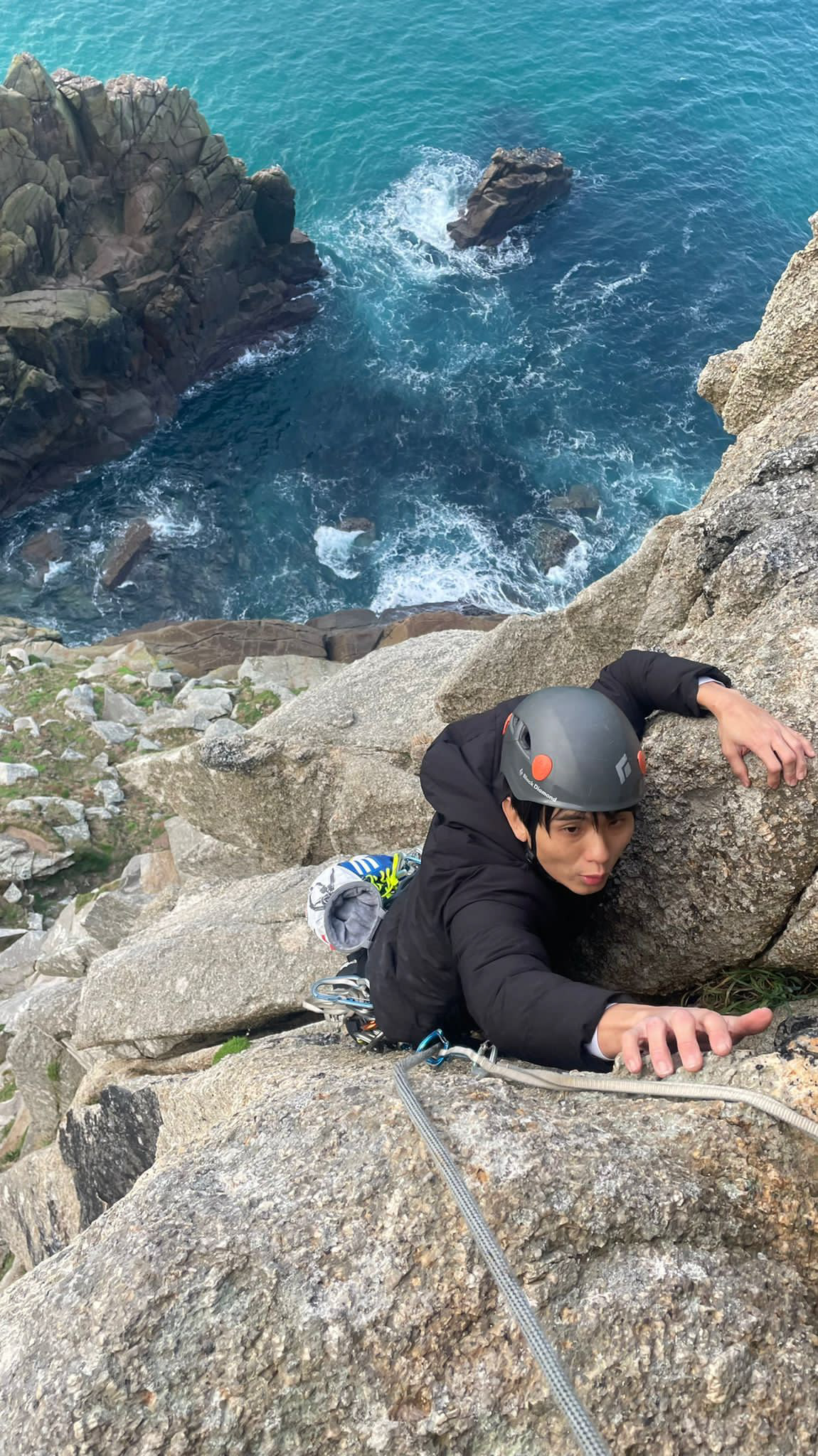Hong Chong Yi - High-Altitude Climbing: A Battle Against Altitude Sickness and More
If you have started your climbing journey and read the blog Hong Chong Yi - Top 6 Benefits Of Rock Climbing, it is high time for you to know about various challenges related to it. Those who want to overcome their boundaries, ascend steep peaks, and aim for the stars frequently take up the activity of high-altitude climbing. The summit's fascination is apparent, but reaching there has a variety of challenges, such as dreaded altitude sickness. This blog talks about the mental and physical obstacles that high-altitude climbers encounter, emphasizing altitude sickness.

The High-Altitude Landscape
Peaks that rise over 8,000 feet (2,400 meters) above sea level are typical with regard to high-altitude mountain climbing. When mountaineers achieve these extreme altitudes, they deal with an adverse climate that includes low oxygen levels, cold temperatures, and a merciless terrain. All of these elements are combined to make for a difficult setting, even for the most skilled climbers.
Altitude Sickness: The Silent Adversary
Altitude sickness, frequently referred to as acute mountain sickness (AMS), is one of the major difficulties experienced by mountaineers at high elevations. Anyone who climbs to an altitude of above 8,000 feet is at a higher risk for developing this medical condition, the extent of which may differ significantly.
Subtle signs, including headache, nausea, lethargy, and dizziness, tend to be the initial signs noticed among individuals with AMS. Ignoring these indicators as minor inconveniences is possible, but they often hint at a more serious condition. If not dealt with promptly, AMS may progress to high-altitude cerebral edema (HACE) and high-altitude pulmonary edema (HAPE), both of which are possibly fatal.
Understanding Altitude Sickness
Climbers need to understand the high-altitude sickness causes in order to combat it. At high altitudes, air pressure decreases, thus limiting oxygen availability. This drop in saturation in oxygen could lead to a faster heart rate, rapid breathing, and blood vessel dilatation to accommodate. The body's response to altitude causes altitude sickness. Climbers need time to acclimatize to less oxygen while they climb.
The Battle Plan: Acclimatization
Acclimatization is a technique that climbers undertake to avoid altitude sickness. The trick is to rise in altitude carefully, allowing your body time to get used to the thinner air and lower oxygen levels at higher elevations. Climbers can use breathing apparatus to mitigate the adverse effects of the altitude. To do this, climbers must bring portable oxygen supplies to be used throughout the most rigorous stages of the climb.
Conquering the world's tallest summits is an intimidating task, but the rewards associated with doing so are unrivaled. However, there are a few difficulties specific to this journey, the most prominent among which involves dealing with altitude sickness. To effectively acclimatize to the thin air of higher elevations, climbers require information, planning, and resolve. They need to possess a strong mental fortitude that matches their physical strength if they are to thrive in this type of activity. Find out more about challenging climbs from Hong Chong Yi — Conquering Nature’s Challenges in Unique Climbing Sports.
SOURCE CREDIT:
https://www.tumblr.com/hongchongyisingapore/730963648308281344/hong-chong-yi-high-altitude-climbing-a-battle
SOURCE CREDIT:
https://www.tumblr.com/hongchongyisingapore/730963648308281344/hong-chong-yi-high-altitude-climbing-a-battle
